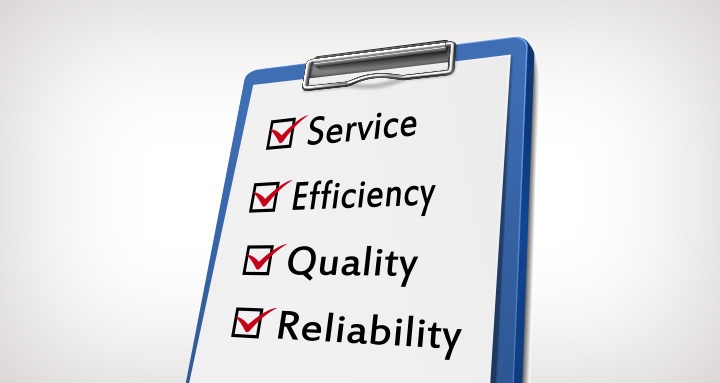Which Manufacturing Process is the Most Reliable?
Which Manufacturing Process is the Most Reliable?
December 1, 2015

To some extent answering the question as to which manufacturing process is the most reliable is like answering a question about when you should take a vacation. In both cases, the answer depends upon several factors.
While some manufacturing processes are simple and apparently reliable, the key is not the process but how the process is managed. This is where those companies who focus on careful preparation and attention to detail often score and produce components reliably.
Variability in Manufacturing Processes
The purpose of many manufacturing operations is to provide parts and equipment to another manufacturer who then assembles a completed article. As an example, a company that does deep drawing of the outer shell of a marker pen will supply that part to the pen assembler. If all goes to plan, the part fits and assembly proceeds. However, in every manufacturing process, there will be a small percentage of parts that are substandard for one reason or other.
One of the most common reasons why these manufactured parts may not be suitable for their intended purpose is the inherent variability of manufacturing processes. This is usually due to a combination of manufacturing tolerances along with tooling set-up, material qualities and the care exercised by the operator. If the variability of these factors exceeds the specified product tolerances, reject rates will be high.
What Makes Manufacturing Reliable
Although the term “manufacturing process” seems to refer to how an item is made, a truer definition includes all associated quality control processes that are used during manufacture, which, together with the process, results in reliable manufacture. It’s the sum total of the quality processes and manufacturing methods that together makes a manufacturing process reliable.
The first criterion is to consider the machinery that is to be used and to establish its natural variation. If it is in good condition, it will have a much lower variability than a worn machine. For example, there is no point using a manufacturer who has worn-out machinery when you need tight tolerances because although some parts will fit, a very high percentage won’t.
After that, all reasons that can affect product variability need to be evaluated. These include variations in raw material properties, size and thickness. Also look at rate of wear of crucial tooling and what methods are used to measure final dimension.


